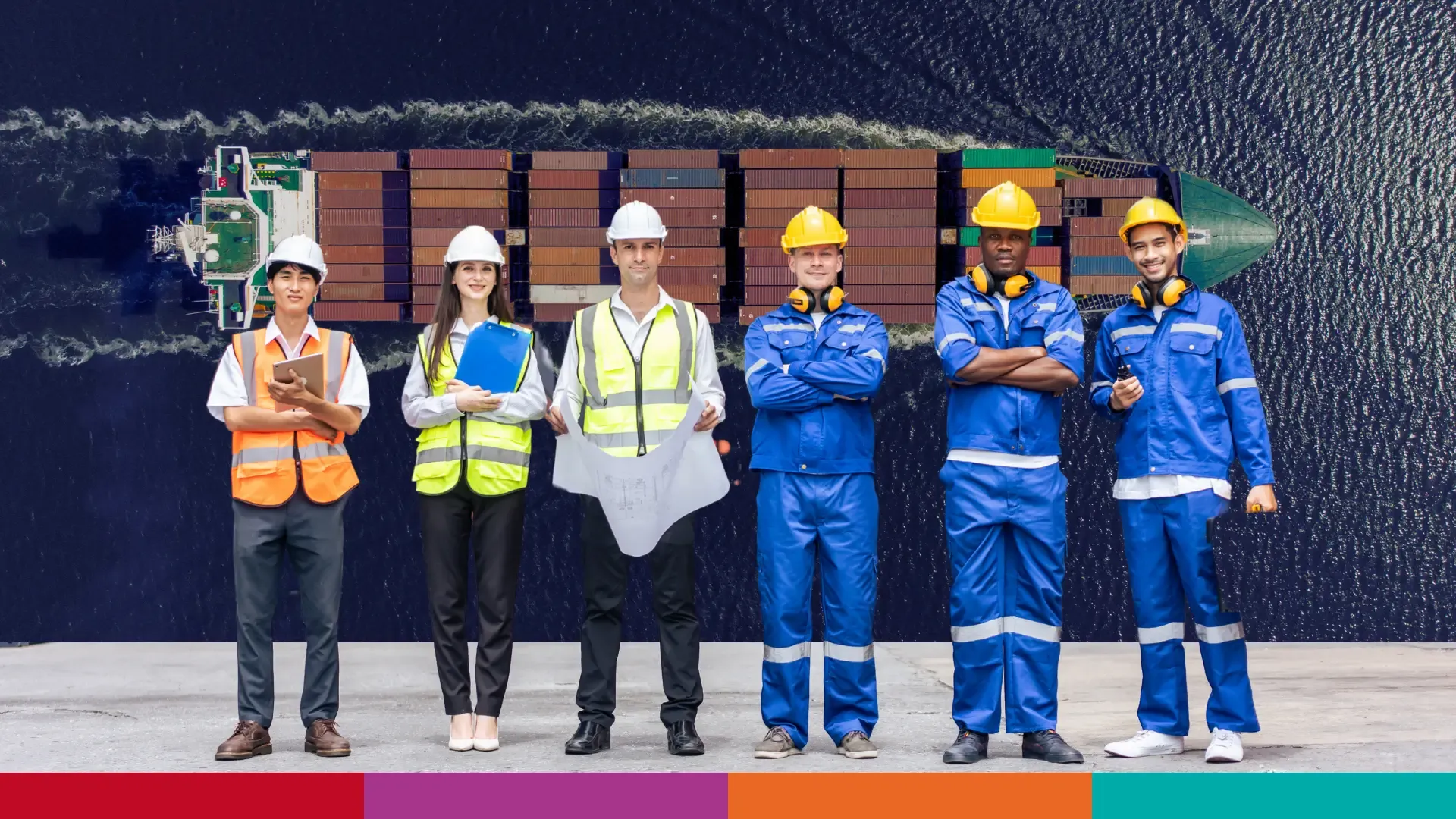When the Ports Stop Rethinking Maritime Resilience for Survival in Cascading Disasters
Aug 26, 2025
Why Maritime Emergencies Shape Global Stability
James Merten reminds us that the world depends on the sea in ways that are easy to overlook. Over 80 percent of global trade moves by water, making ships, ports, and shipping routes the backbone of international stability. When this system falters, ripple effects reach across supply chains in hours, not days.
We have seen how fragile it can be. The grounding of the Ever Given in the Suez Canal in 2021 froze nearly 12 percent of global trade for six days, costing billions. In 2017, the NotPetya cyberattack crippled Maersk, the world’s largest shipping company, forcing manual container tracking and causing hundreds of millions in damages.
These are not isolated stories of mishap. They are warnings that global preparedness cannot stay confined to single hazards. The real challenge is how we adapt when failures on land, sea, and in cyberspace hit together.
The Expanding Range of Maritime Emergencies
Maritime professionals once thought in terms of oil spills, piracy, or accidents. Now emergencies come from multiple directions at once, and each one amplifies the next.
- Cascading breakdowns. The 2021 Texas winter storm showed how power outages can shut down water treatment, gas supply, and communications simultaneously. In maritime systems, similar interdependencies exist between ports, grids, and digital networks.
- Cyber threats. Maersk’s paralysis under NotPetya revealed how one malware outbreak can ripple through global logistics.
- Physical chokepoints. The Ever Given showed that narrow waterways remain vulnerable to sudden gridlock.
- Emerging technological risks. Lithium-ion batteries, increasingly common in cargo, have already caused shipboard fires. The 2024 blaze aboard the Genius Star XI required international firefighting efforts.
The lesson is sharp. Emergencies can no longer be planned for hazard by hazard. What matters most is how systems respond when several things go wrong at once.
A Wake Up Call in Texas
The July 2025 Hill Country floods underscored this reality. The Guadalupe River surged 26 feet in under an hour, overwhelming camps and homes. At least 120 people died, including dozens of children. Despite warnings, the speed of the water left little room for response.
It showed how fast communities can find themselves in conditions that feel more like wartime disruptions than natural disasters, with roads cut off, communication down, and help arriving far too late.
When Help Is Not Coming Quickly
Puerto Rico’s experience after Hurricane Maria offers another painful reminder. The storm destroyed the island’s grid, leaving hospitals dependent on generators and neighborhoods improvising survival for months. It took nearly 11 months to restore full power to buildings deemed safe, the longest blackout in U.S. history.
In cases like this, assumptions about quick mutual aid fall apart. The real question is not how fast outside help can arrive but how long people and systems can endure without it.
The Problem With Measuring Recovery
Recovery is often measured by dashboards and metrics: response times, cost per beneficiary, or restoration percentages. But those numbers rarely capture lived realities.
“Recovery should be data-driven, not just symbolic,” says Merten, referencing ports that reopen but still operate at half-capacity.
Is recovery complete when electricity returns? When displaced families move home? When hospitals resume full capacity? Communities often declare milestones while still living with long-term hardship. Without better measures, recovery can look finished on paper while remaining unfinished in practice.
Trust and the Fragility of Coordination
Emergencies also test trust among agencies. Coordination between federal, state, and local levels relies less on formal agreements than on confidence that partners will act openly and reliably when resources are tight. When communication breaks down, that trust erodes quickly. In cascading disasters, strained relationships can turn a hard job into an impossible one.
Looking Ahead
The risk landscape is shifting faster than the systems meant to manage it. Seasonal surges, rising seas, storm intensification, and extreme heat are already straining infrastructure. Offshore wind farms are reshaping navigation and bringing new safety questions. Lithium-ion cargo demands firefighting methods that barely exist today. Automation and digitized operations promise efficiency but may reduce flexibility when systems go wrong.
The challenge is practical, not abstract. How do we prepare for these converging risks with tools still built for single hazards?
What Professionals Can Do Now
Strengthening resilience does not mean abandoning efficiency, but it does mean broadening what we measure and prepare for. Professionals can begin by:
- Reevaluating recovery metrics. Go beyond technical milestones and track whether communities and institutions can function sustainably after disaster.
- Building stronger trust. Use joint exercises and transparent communication to strengthen working relationships before the next crisis.
- Planning for compounding risks. Design drills where multiple systems fail at once, because that is the new baseline.
- Anticipating new hazards. Include climate-driven surges, offshore energy projects, cyber vulnerabilities, and automation risks in planning, not as afterthoughts.
- Preparing communities. Support households and businesses in building self-sufficiency for weeks, not just days.
Preparedness is not about restoring normal quickly. It is about whether systems and partnerships can survive when normal is gone.
James Merten’s work highlights that the future of maritime resilience depends on closing practical gaps: measuring recovery in human terms, strengthening trust, and planning for converging risks rather than isolated events.
To hear the story behind these insights, start with the full podcast episode featuring James Merten. Then, for those ready to take the next step, his course Marine Transportation System Recovery and Resilience provides a structured way to apply them with real-world data, case studies, and recovery frameworks.
You can learn more here: Marine Transportation System Recovery and Resilience.

